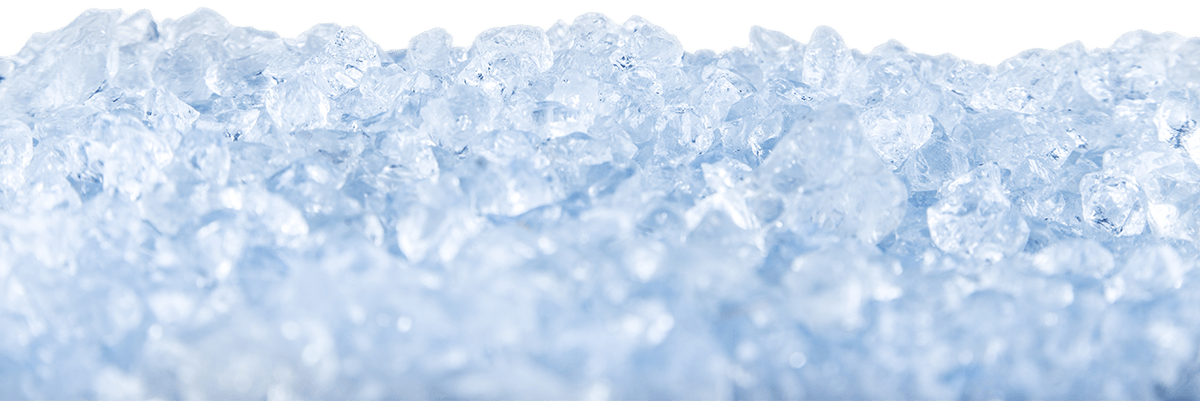About Alpha-Cure
Recolight Disposal
As a market-leading manufacturer of UV lamps, we view it as our responsibility to help manage and finance the end-of-life treatment of our products here at Alpha-Cure. The Waste Electrical and Electronic Equipment (WEEE) Regulations were implemented in 2007 and set about increasing the reuse and recycling of waste equipment by reducing the amount of WEEE going to landfills.
The WEEE directive requires that all used electronic products (which include ultraviolet lamps) be recycled/disposed of separately from normal household waste to optimise re-use and recycling. This also helps to reduce the quantity of waste placed in landfills and helps to regulate harmful chemicals. It is illegal to dispose of your lamps in any way other than the method stated in the Health & Safety Executive’s guidelines.
Recolight
Alpha-Cure Ltd is proud to be a member of the UK’s leading WEEE compliance scheme for the lighting industry, Recolight, which manages the compliance on our behalf.
Through Recolight, our UK based customers can dispose of used Alpha-Cure lamps. All you will need to take care of is the packing and carriage of the lamps for disposal. Full details on how to return a used lamp can be found on the Recolight website, including:
Find your local collection point.
What paperwork you will need to complete.
Contact us for more details to ensure that you are 100% compliant with environmental guidelines at all times.
Please note the Recolight service is only available to UK based Alpha-Cure customers.
What happens to the lamps when they are recycled?
The materials recovered from the various processes used in the industry can be used in several different ways.
- It is feasible to recover the lamp phosphor powders, particularly the triphosphor type, and re-use them to make new lamps.
- When purified to the right level, the mercury collected may also be used to make new lamps or may be used in other industrial processes.
- The crushed glass can be mixed with a new glass melt for a variety of applications, from furnace linings to making new lamps, though in this latter case the purity level of the recovered glass becomes very important.

